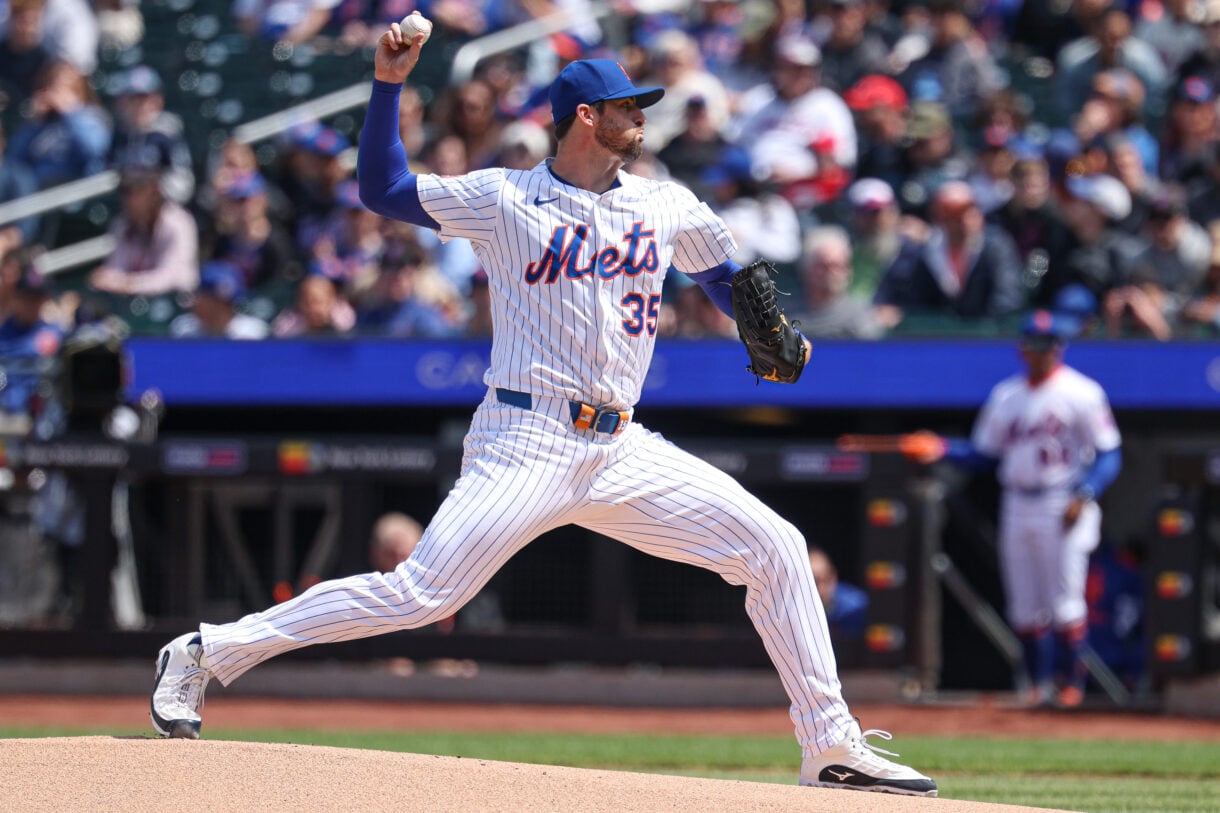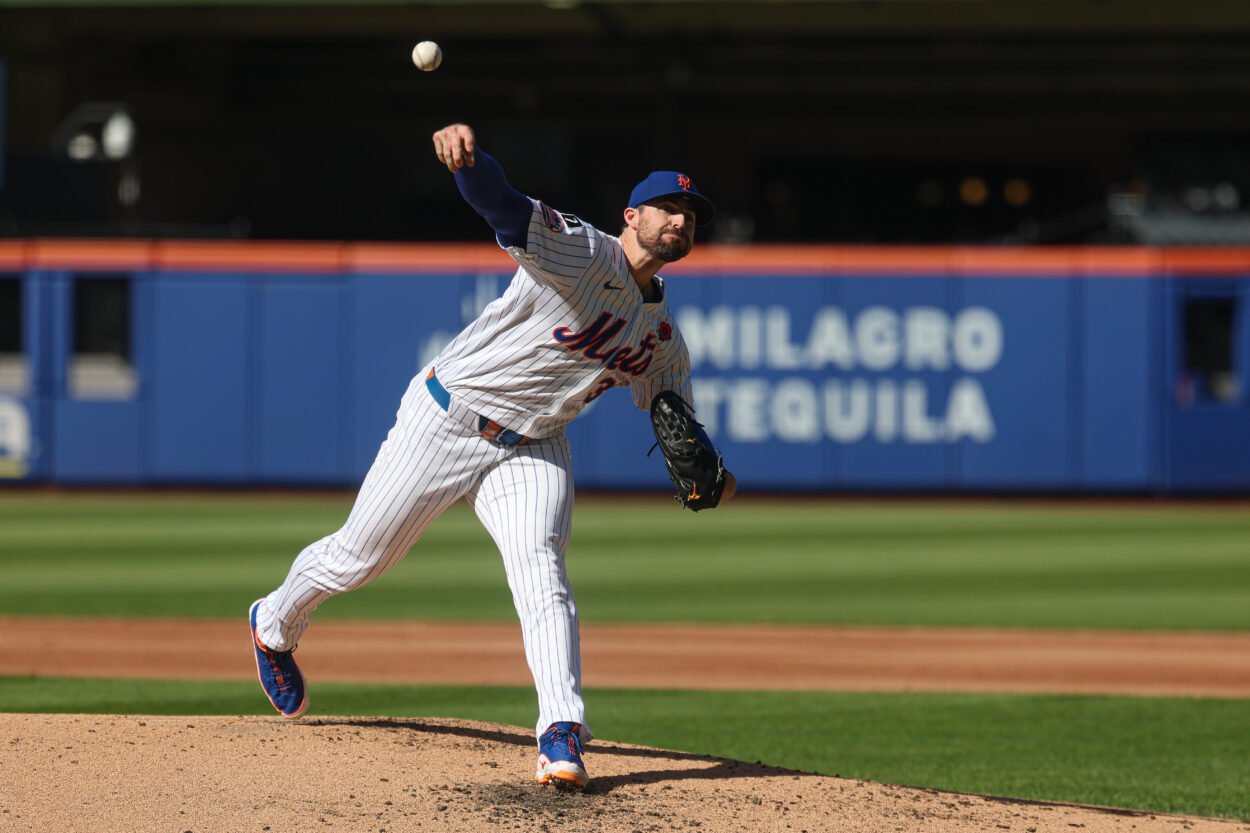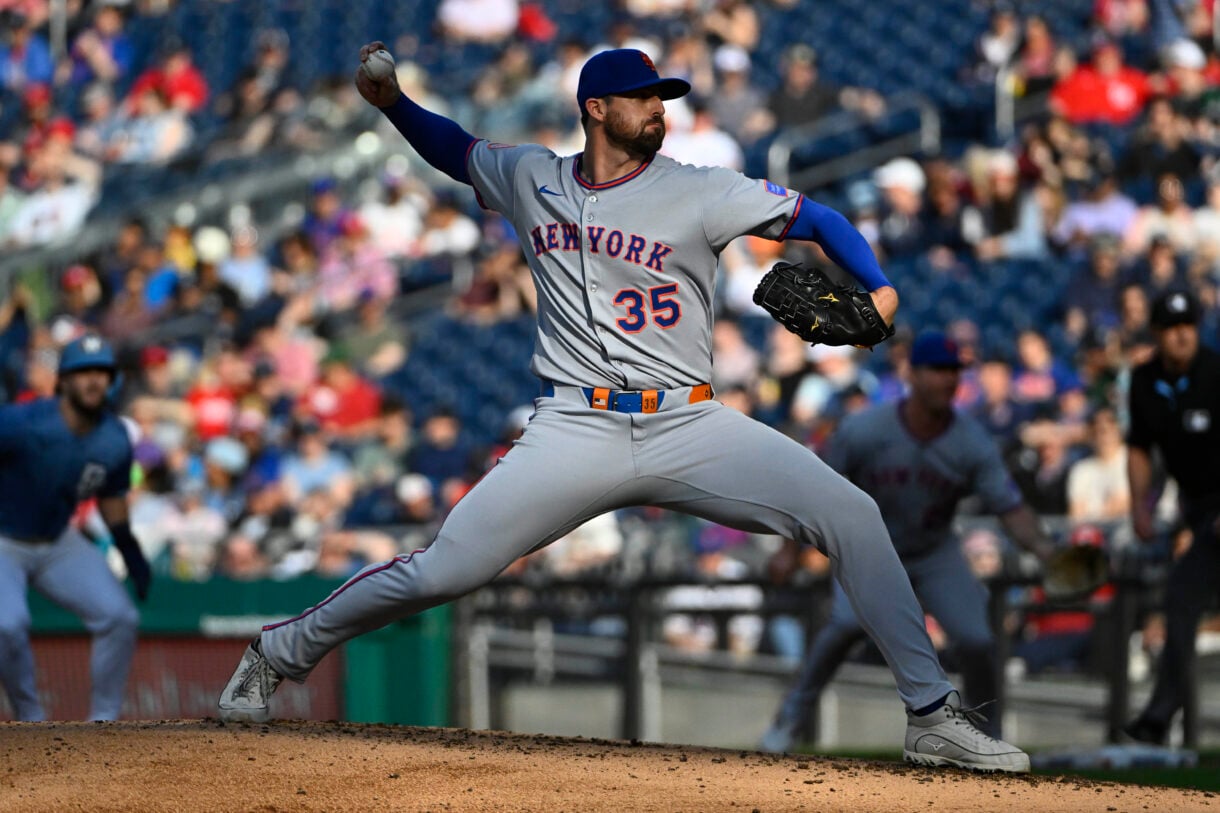
The New York Mets entered last offseason thinking they could rebuild a pitching staff on the cheap — betting on bounce-back candidates and role conversions instead of proven arms. It was a bold idea, maybe even a creative one, but it didn’t work. By the end of the season, the rotation was held together with duct tape and call-ups.
Now, as the front office stares down another critical offseason, one thing has become clear: that approach can’t happen again. Rumors already link the Mets to Detroit Tigers ace Tarik Skubal, and while that would be an expensive swing, it’s exactly the kind of move they need to reset the tone.
Still, not every experiment was a failure. Clay Holmes, a name most people associated with high-leverage relief work in the Bronx, turned out to be one of the few bright spots.

Clay Holmes quietly exceeded expectations
When the Mets signed Holmes to a three-year, $38 million deal last winter, eyebrows were raised. He’d been an effective closer with the Yankees but had never started a full season in the majors. For $12.6 million per year, New York was betting that his heavy sinker and ground-ball dominance could translate over a longer workload.
And to a large extent, it did. Holmes threw 165.2 innings with a 3.53 ERA, a solid showing for someone who had never thrown more than 70 in a season before. His 55.8% ground-ball rate ranked among the best in baseball, and even as his strikeouts dipped to 7.01 per nine, he managed to keep hitters off balance and limit damage.
It wasn’t perfect, of course. After the All-Star break, fatigue started to show. His ERA climbed, his command wavered, and the velocity drop became noticeable — falling from 97.5 mph in 2024 to just 93.5 mph this season. For a pitcher who’d long relied on power, that was a red flag. But it was also understandable. Holmes had never carried a starter’s workload before, and learning how to pace himself was always going to be part of the process.
A flexible future piece for the Mets
The encouraging part is that Holmes didn’t break down completely. His arm held up, and he still produced league-average to above-average results in his first full season as a starter. That’s valuable for a Mets team that’s struggled to find both reliability and durability in the same pitcher.

If things go sideways again in the rotation next season, Holmes gives them flexibility. They can always slide him back into a bullpen role where he’s proven to be elite, dialing his velocity back up into the upper 90s and shortening his workload. In a way, his contract has become a low-risk, high-value deal — a rarity for a team that’s overspent on inconsistency in recent years.
The Mets’ next move matters more than ever
Still, Holmes alone won’t fix a rotation that finished the year running on fumes. David Stearns knows that. The Mets need an ace, and that’s why their reported interest in Tarik Skubal feels legitimate. Pairing a true frontline starter with Holmes and a few internal arms could finally stabilize things.
Holmes gave the Mets more than they expected in 2025, but the message this winter should be clear: it’s time to stop experimenting and start building a real rotation.
